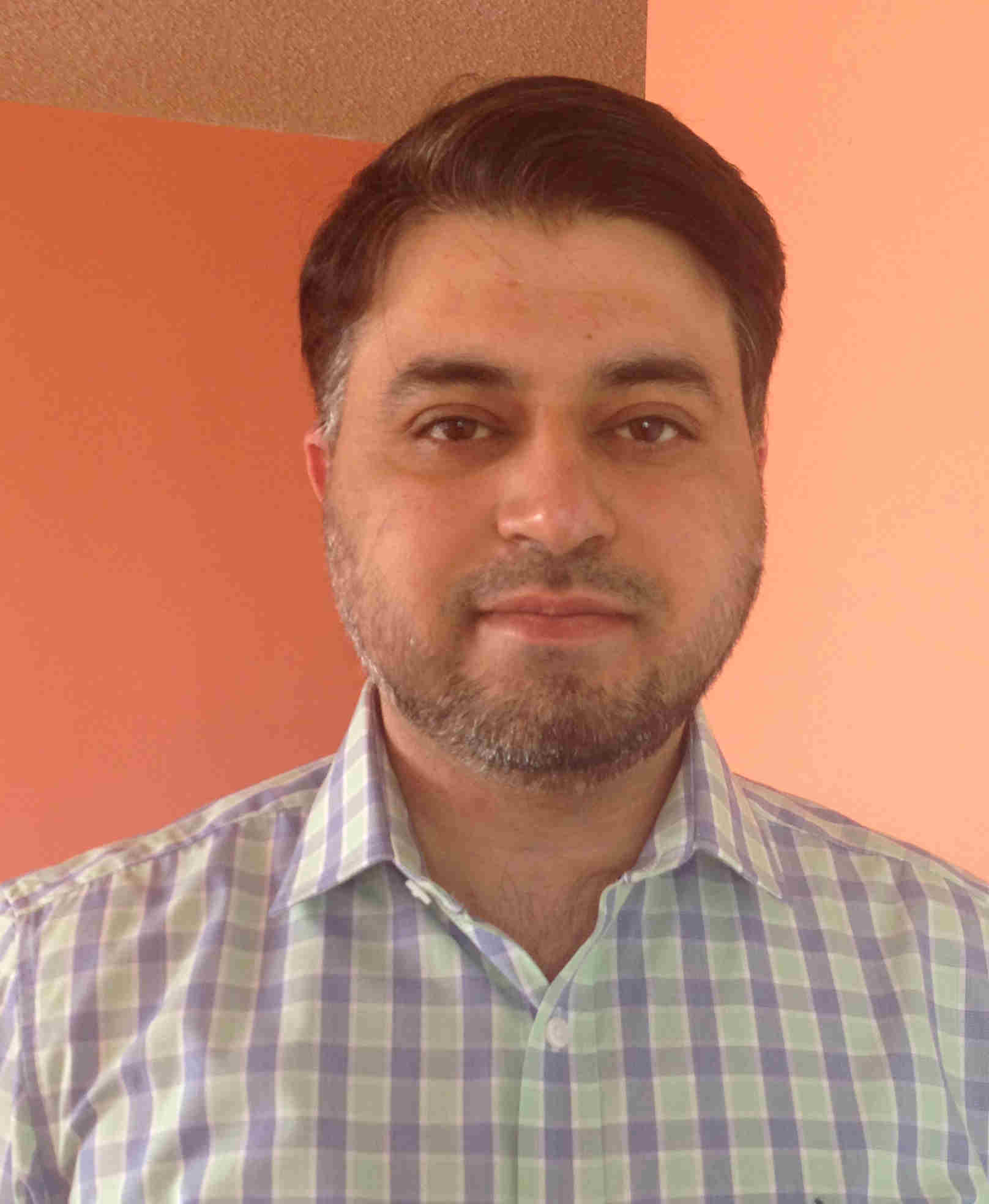Program Information
Dosimetric Evaluation of Modelling Gadolinium-Based Contrast Media in the Monaco TPS for the MRI-Linac
S Ahmad1,2*, M Paudel1,2 , A Sarfehnia1,2 , A Kim1,2 , M Ruschin1,2 , G Pang1,2 , A Sahgal1,2 , B Keller1,2 , (1) Sunnybrook Health Sciences Center/Odette Cancer Center, Toronto, Ontario, Canada (2) Department of Radiation Oncology, University of Toronto, Ontario, Canada
Presentations
SU-K-FS1-11 (Sunday, July 30, 2017) 4:00 PM - 6:00 PM Room: Four Seasons 1
Purpose: To evaluate the dosimetric impact of gadolinium-based contrast media (Gadovist™) in radiotherapy treatment planning for the Elekta MRI linear accelerator.
Methods: A GPU based Monte Carlo dose calculation algorithm in the Monaco treatment planning system (research version 5.19, Elekta) (TPS) was used for this study. Six Glioblastoma Multiforme (GBM) patients, previously treated with a 7-field IMRT technique, were considered for dose modelling. Gadovist™ was manually assigned, using the density override feature in Monaco, to the Gross Tumour Volume (GTV) of the GBM patients to represent a gadolinium uptake. The dose was modelled, in the presence of a transverse 1.5T magnetic field, with Monaco’s default material table (DMT) that contained lung, soft tissue, and bone as well as the modified custom material table (CMT) that accounted for gadolinium. The dosimetric differences were measured from the dose volume histograms. Various concentrations of gadolinium ranging between 8-157 mg/ml were studied, where 157 mg/ml represented the maximum possible concentration of gadolinium.
Results: The D50% (dose to 50% of GTV) increased by 3% when modelled using the CMT with 157 mg/ml of gadolinium compared to no gadolinium. For 157 mg/ml of gadolinium present in the GTV, the D50% was greater by 6% when modelled using the CMT compared to that modelled using the DMT. This difference gradually decreased with decreasing gadolinium concentration. For concentrations less than 23 mg/ml the difference between DMT and CMT was less than 2%.
Conclusion: It was concluded that the dosimetric differences can be quantified in Monaco for tumor-gadolinium concentrations as low as 23 mg/ml. Below 23 mg/ml the differences between using DMT versus CMT are subtle and treatment planning can be carried out using the DMT without giving any consideration to modelling gadolinium in the TPS.
Funding Support, Disclosures, and Conflict of Interest: The funding support for this project was provided by Elekta, AB, Stockholm, Sweden
Contact Email:
